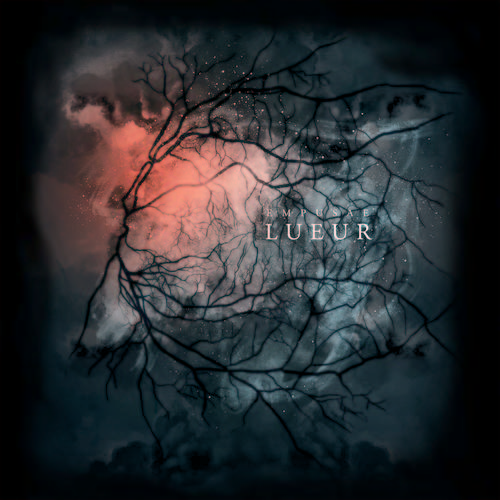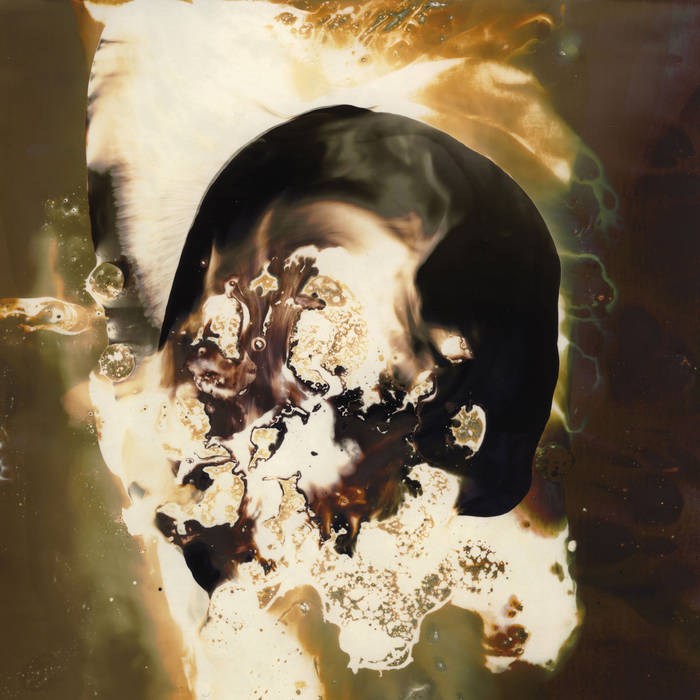Two very different albums from musical adventurer Matthew Bourne showcase his extraordinary approach to the keyboard in all is myriad forms. It doesn’t seem that long ago that the two volumes of his collaboration with Shiver were dropped and now there is a further release from Discus, as well as a follow-up to the limited Dulcitone release on Leaf.
 This Is Not For You
This Is Not For You
Leaf
The Leaf album is perhaps the easier of the two and finds Matthew returning to his first love of piano but applying himself in the sparest way possible, the carefully selected notes hanging in the air.
There is a melancholic feel as the album opens but perhaps more a sense of solitude, of drawing breath and looking around with fresh eyes. A distant vista, languid yet lucid is conjured up and all the upheaval and genre-hopping drama is set aside for a delicate conversation between the two of them with time for reflection as the notes linger and fade.
Some of the pieces are more uplifting in their choice of direction, but all give time for the notes to linger and resonate with the listener. Sometimes a chord is chosen and repeated, allowing it to fade and see what subtle differences may be left in the afterglow, seducing the listener with its resonant wash. A pretty little figure takes you by surprise on “Dissemble”, the cello lending a waltz-like elegance and penultimate track “Precipice/Precis” is much busier.
Overall, the tone is sedate which perhaps the final piece, a tribute to Keith Tippett embodies; instead of replicating Keith’s daring precipitous movement, Matthew chooses the antithesis, an experiment in single-note sustain that opens the room up in the ear of the listener, drawing them in to Matthew’s very own world. Harpsichords
Harpsichords
Discus
The Discus release Harpsichords is a very different matter. Having been offered three dilapidated harpsichords by Leeds Conservatoire, he and fellow enthusiasts Glen Leach and Nika Ticciati chose to attempt a set of improvisational trio pieces with the instruments exactly as they were delivered; untuned, keys missing, bodies rattling and see what arose.
You kind of have to set aside expectation as a whole new world opens up. The three instruments are struck, hammered and stroked as they go off like an explosion in a clock factory. Immediately, the very different tones of each instrument mean you can start to differentiate between them. Some sounds are so unlikely; what sounds like a floor being scraped comes from one harpsichord, while a blunt thud possibly denotes a missing string on another. The three players also have very different approaches, with some gently exploring, while another may leap straight in, elbows out, startling the instrument into eruption. On first listen, the disc is almost unlistenable; but as you persevere, so you start to look for particular motifs, the unique nature of some of the notes and then an appreciation of the sheer physicality starts to blossom. You also have the feeling that because the instruments are nearing the end of their useful lives, there is a sense of abandon in the hearts of the players.There is a feeling of anarchy and some of the singular sounds are ridiculous like cartoon springs or incomprehensible like the squeal and screech of an underground train; but when the three follow a particular lead, so an unexpected vista opens up and you forget somehow what is producing these sounds. However, the overall effect is all enveloping like you are stuck in a strange factory with drunken clockwork robots. You also gain a greater sense of the semi-abstract percussive nature of the instruments with the scrabbling of keys, the missing notes and the dull thuds of the bodies merging
Just to add further texture, Matthew invited one half of Nightports to add electronic elements in real time and then gave the finished tapes to the other half who manipulated and edited them after the event. This whole process has generated something genuinely unique and affecting, but to put a perspective on it, a second disc Each One, Separately is included where a single instrument is played and Matthew interacts with Nightports as if it were a duo. Heard on their own, the harpsichords are clearer; although through the ancient chime and playful dance, you can still sense the guts and body of the machine, the duff, flat notes giving unexpected connections and the sense of its part in history removed to some alternate realm. It sounds like a battered guitar in parts and in some respects, there is even more experimentation as broken sofa springs and baseline electronics back the limping Steve Reichian repetition. Nightports attacks the tarantella-like run of “Ticknall” with pruning shears, rendering it dislocated, while in “Red Brick” it sounds as though a pick-axe is involved as something heavy and threatening mounts the stairs.There is a judicious use of electronics to support the general, free-flowing breakdown; but there is also some tiptoeing sweetness as new chord clusters attempt these conversations, a new and unexpected language bursting forth. It takes a few listens for the ears to become attuned; but when they do, delicate little details and repetitive motifs join with some thoughtful progressions and deep, foreboding electronics to push us further into this new universe.
-Mr Olivetti-



